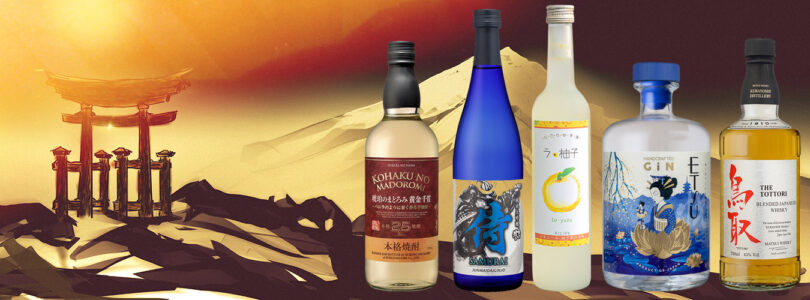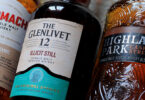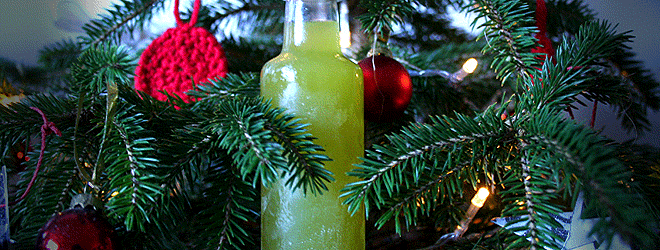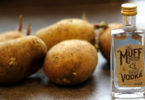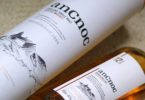In the Western world the most popular types of booze have been enjoyed for centuries and they are all, one way or another, deeply embedded into our culture. They are products of the ingredients that thrive in their respective soil and climates and are enriched with the personality of the nations that produce them. Gin, Whisky, Beer and Cider all come with a rich history that and just about everyone who likes a drink will have tried them in many of their various iterations.
But just as the West has drinks that are intertwined with the history and culture of the countries that produce them, so other lands have used the ingredients available to them to produce their own style of drinks that are steeped in local tradition and meaning.
Japan is one such country with a gift for drinks-making that is unique to its people. In recent times, these Japanese drinks have become increasingly popular among adventurous drinkers in other parts of the world. Besides the county’s own traditional drinks, Japanese craft producers have also been adapting drinks that are more familiar to us, giving them a uniquely Japanese twist.
If you’ve been tempted by the trend for Japanese drinks then you might need a little help in knowing what to expect. Which is why we’ve produced this handy guide to our favourite Japanese alcoholic drinks…
+++++

Sake
Sake is Japan’s national drink with a history stretching back so far that no-one quite knows where or when it was first made. If we say “well over a thousand years ago” then it should give you some idea of just how ancient it is.
Sake could be described as ‘rice wine’ and is made by fermenting rice that has first been polished (this removes the outer coating of bran) to produce alcohol which is aged before being bottled. It’s usually sold at around 13% to 18% ABV. Like most drinks with such a vast history, there are numerous types of sake available, and things can quickly get very confusing. Each style is milled, brewed or aged in a different way with the four main categories being Junmai, Ginjo, Honjozo and Daiginjo. They can be served warmed or cold and some come fizzy or flavoured with other ingredients.
Try this: If you’re a beginner then a Junmai is a good place to start, being the purest form of sake that is made with nothing but rice. For a top of the range Sake try a Junmai Daiginjo, such as Samurai Junmai Daiginjo Sake. It has an elegance that is synonymous with Japanese drinks, a slightly creamy and oily texture, some delicate flavours of yeasty bread and a savoury, unami dryness. We like ours served chilled with a load of ice.
Buy Samurai Junmai Daiginjo Sake
Did you know? In Japan, sake is actually known as ‘nihonshu’.
+++++
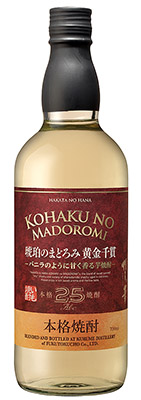
Shochu
Shochu, another traditional Japanese drink with a long history, is made by distilling alcohol produced from a combination of grains and vegetables. The most common of these are rice, barley, buckwheat, sugar and ‘imo’, which is a Japanese sweet potato. Shochu is aged in barrels, ceramic pots or stainless steel tanks and usually bottled at 25%, although it is sometimes found as high as 37%. Much like other distilled spirits, such as vodka, shochu can be served neat, diluted or mixed with other drinks. Popular local serves include combining it with hot water or Japanese tea.
Try this: Shochu Kohahu No Madorimi is a great example of a traditional shochu and is made with a blend of 87% sweet potato and 13% rice. It’s a slightly sweet spirit that is quite light and easy to drink with a soft, mellow feel. It has an unusual floral aroma and some earthy flavours to it which, despite its overall lightness, provide a long, lingering warmth. We like this a lot.
Did you know? In Japan there’s a beer-flavoured, carbonated drink call ‘Hoppy’ that is mixed with Shochu
+++++
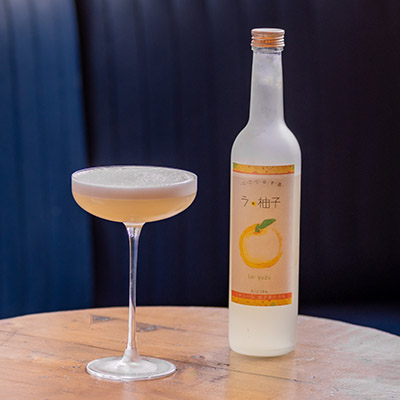
Liqueurs
Japan is home to numerous fruits that aren’t available in our corner of the world, and Japanese drinks makers love crafting them into liqueurs. They are most commonly drunk neat, on the rocks (neat with ice), ‘sodiwara’ (with soda water) or diluted with cold water. And, of course, you can tip them into a cocktail shaker to create a Japanese twist on the cocktail of your choice.
Some of the Japanese liqueurs you’ll most likely find include the following…
Umeshi
The traditional umeshu liqueur is made from infusing ripe green ume plums in Shochu with rock sugar, creating a sweet, sour, bitter liqueur. Variations may use other alcohols as a base, alternative sweeteners such as honey, or introduce different flavours to the mix. Try Kamoizumi Umeshu, a fabulous sweet and sour liqueur which uses sake as a base.
Yuzu liqueur
One of the most well known Japanese fruits among Western drinks makers is the yuzu, a citrus prized for its uniquely sour grapefruit-like flavour. It makes a fantastic liqueur, as evidenced by La Yuzu from the Helios distillery, with an invigorating sweet, tart freshness and some orange and lemon juiciness. Give it a whirl in your favourite sour cocktail and you won’t be disappointed.
Shikuwasa liqueur
A less familiar citrus fruit, a shikuwasa looks a bit like a lime when unripe before yellowing as it matures. It has a sour taste all of its own, which varies according to ripeness. The fruit grows on the Japanese island Okinawa and it’s in La Okinawa Citrus Liqueur it tastes at its best. We’re going to describe it as akin to a tangerine with some lemon sourness and herbal bitterness, but your best bet is to grab a bottle and try it for yourself.
Midori
A one-of-a-kind brand from Suntory, Midori is a bright green liqueur (‘midori’ means green) flavoured with two types of melon – yubari and musk.
+++++
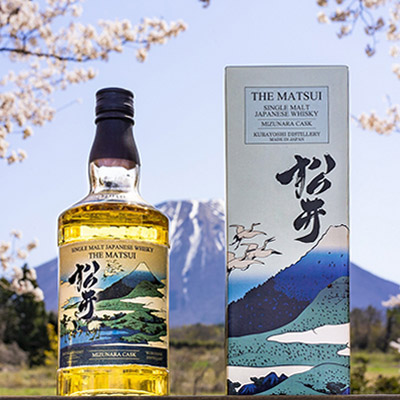
Whisky
Japan first started making whisky on a commercial basis a hundred years ago and is now widely recognised as being one of the leading whisky producing nations in the world. At first production methods were established along Scottish lines, taking advantage of areas of the country that had a similar climate to Scotland to distil and age single malts. Over time, a more unique style of Japanese whisky emerged, with blending techniques used to craft some exceptional whiskies with a harmony and balance of flavours that reflects other areas of Japanese culture.
Try this: The Kurayoshi Distillery has been making spirits since 1910 using the fresh volcanic waters of Mount Daisen to produce Sakes and Shochu. More recently it has turned to whisky making with several single malts and blended whiskies among its range. Matsui Mizunara Cask is a single malt that is aged in the rare Mizunara oak which spikes the spirit with subtle flavours and aromas akin to coconut. The Tottori Blended Whisky is a fine example of a Japanese blend, made with three different Japanese whiskies, and has lightly smoky, woodland notes and a hint of creamy lemon curd. Try it in Japan’s favourite cocktail, the Highball.
+++++
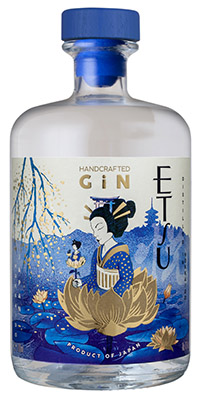
Gin
Just as Japanese whisky makers have adapted a drink with Western origins into something uniquely Japanese, some of the nation’s distillers have repeated the trick with gin. Elegance and sophistication are words often used to describe Japanese gin, with the country’s natural botanicals used to flavour them. These include cherry blossom (sakura), yuzu and Japanese teas which are often added to a base of shochu before being redistilled.
Try this: Etsu gin is made on the island of Hokkaido and prominently features yuzu along with green tea, sancho pepper and other botanicals. It’s a wonderfully floral gin with the citrussy charms of yuzu elevating it with a freshness that sings in a simple G&T.
+++++
Beer
Japan, like much of the world, drinks a lot of beer. We may be familiar with some of the Japan’s big lager brands, including Asahi, Kirin and Sapporo, but there’s a lighter style of beer that is also hugely popular throughout the country. Happoshu is made with less malt than regular beers, allowing it to fall into a lower tax category and be a much more affordable choice for drinkers. It is said to be more like a malt flavoured, fizzy alcopop than traditional beers but we’ve yet to get our hands on some to try it out for ourselves.
Try this: In the absence of any Happoshu let us recommend Hitachino Nest Red Rice Ale instead. Brewed with Japanese red rice, there’s a hint of fruity sake to it along with more familiar hoppy and malty beer flavours.
Buy Hitachino Nest Red Rice Ale
This is a sponsored post
Thanks to Steve Crowhurst www.phartography.weebly.com for the superb illustration at the top of this piece


